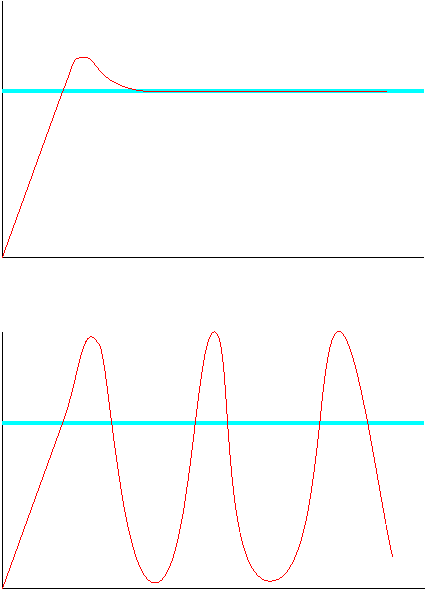Brothers boiler above has started playing up. Opens tap and boiler calls for heat. Goes thru cycle and boiler starts, then cuts in and out every 5 - 10 secs or so. As still going thru an extremely steep learining curve  when it comes to fault finding you lads are invaluable!
when it comes to fault finding you lads are invaluable! 
I'm thinking the DHW heat exchanger is blocked and needs cleaning - boiler only in use since last April but a real cowboy installed it (not me) and would not be surprised if no inhibitor added (or system cleaned).
and would not be surprised if no inhibitor added (or system cleaned).
Am I barking up the wrong tree or in going in the right direction?
Any help again - much appreciated.
I'm thinking the DHW heat exchanger is blocked and needs cleaning - boiler only in use since last April but a real cowboy installed it (not me)
Am I barking up the wrong tree or in going in the right direction?
Any help again - much appreciated.


